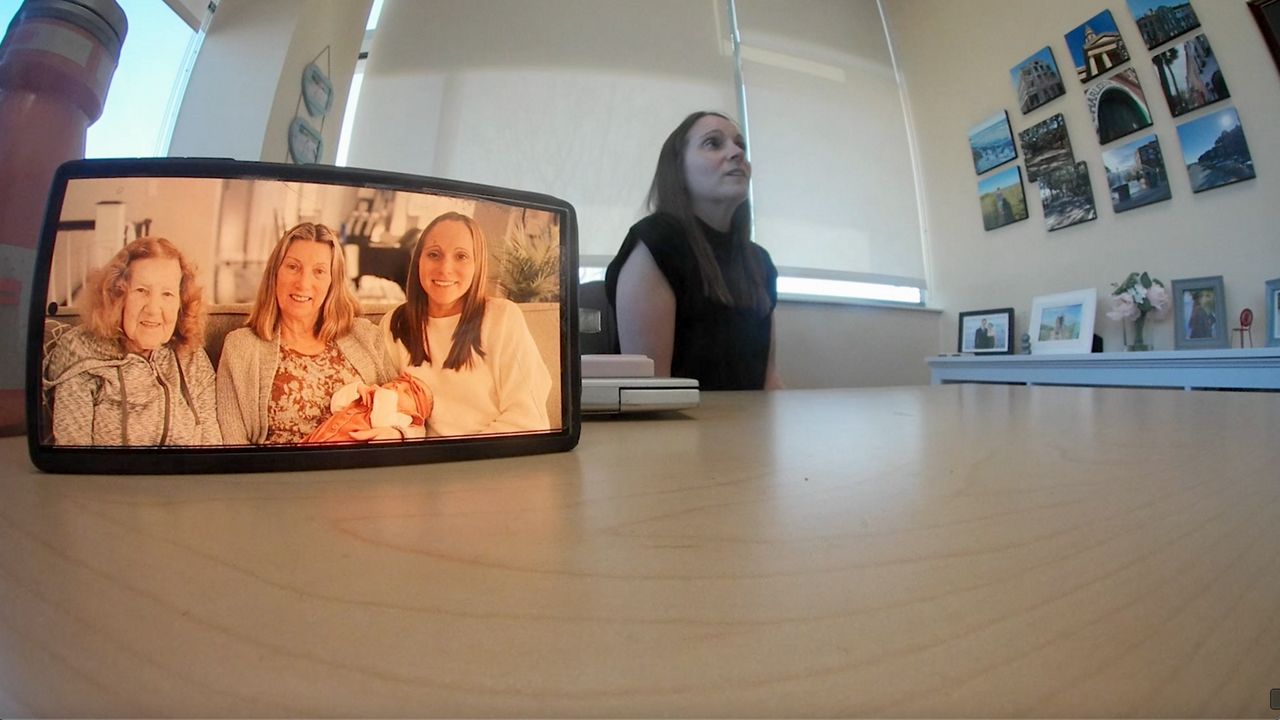MILWAUKEE — The Grohmann Museum at the Milwaukee School of Engineering (MSOE) is home to the world’s most comprehensive collection of art dedicated to the evolution of human work.
Through April 28, The Grohmann Museum is featuring an exhibit called “The Art of Industry,” created by artist Cory Bonnet.
Bonnet is a painter and preservationist from Pittsburgh. His work shows his fascination with the factories and steel mills that helped build his birth city, and the Midwest, centuries ago.
“To open people’s eyes to the incredible amount they depend on manufacturing every day,” said Bonnet. “This exhibit is a great trojan horse to start that conversation.”
Bonnet has a vast collection of salvaged pieces from old industrial buildings and foundries and uses them in a new way to honor American workers of the late 19th and early 20th century.
“We really hope it instills a level of gratitude for past generations who sacrificed,” he said. “The workers who built everything we depend on. The power grid, the sewerage, skyscrapers, bridges, all this infrastructure that our current society is built upon was because of their manufacturing process.”
Grohmann Museum director, James Kieselburg, said Bonnet’s work offers a unique perspective for students who are the “workers” of the future.
“We hope that in everything we do, that our engineering students have an appreciation of the past and those things that came before us,” said Kieselburg. “To appreciate this exhibition of historic industrial artifacts, and to also look forward to what they face in their careers based on that history.”
Bonnet said he hopes his paintings and sculptures remind everyone what’s possible when people work together to contribute something bigger for future generations. He pointed out that in the old steel mills and factories, workers started with nothing. They made everything by hand without the technology we have today.
“People are smart,” said Bonnet. “Technology is a tool. This is proof that even today, with technology advancing, we’re the ones that are in control. No matter how good the technology gets, we are the human spirit and the ingenuity. Without the human touch, technology doesn’t mean anything.”










